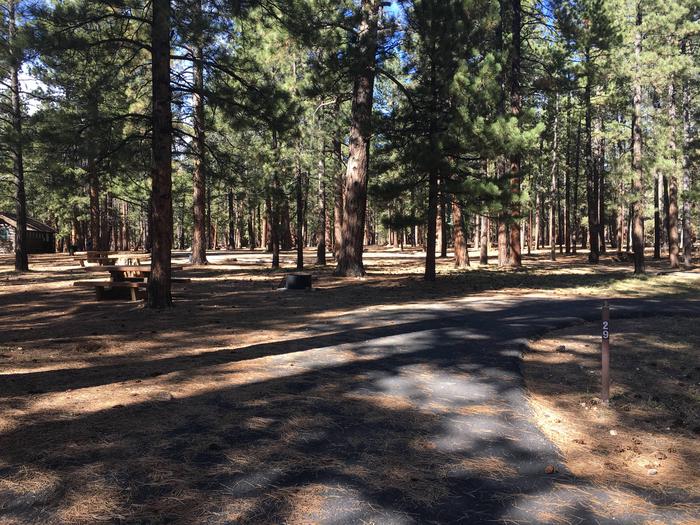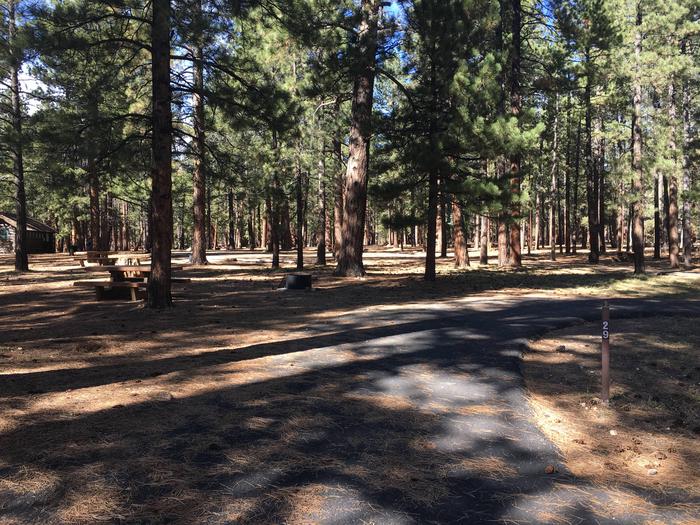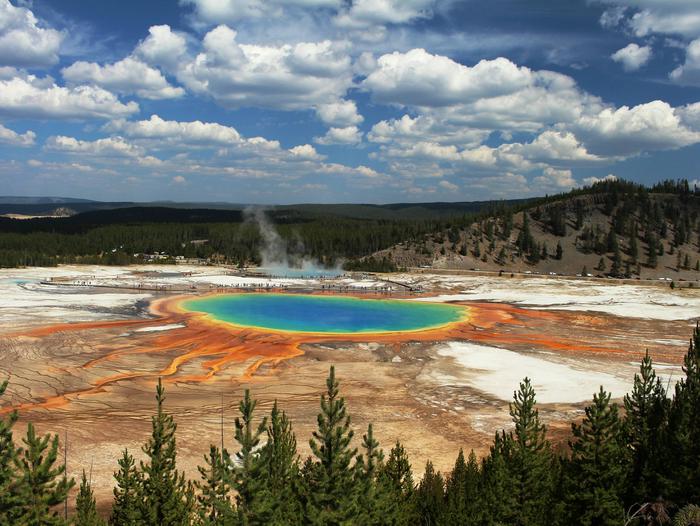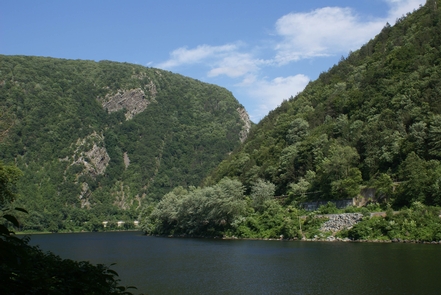Directions
Tybee NWR is located in Jasper County, South Carolina, at the mouth of the Savannah River, directly opposite Fort Pulaski National Monument which is 12 miles from Savannah on U.S. 80. It also lies across the river from the small Georgia town of Tybee Island. The refuge is unstaffed and is administered from the Savannah Coastal Refuges complex headquarters office in Savannah, Georgia. The entire refuge is considered sanctuary for migratory birds and closed to all public use.
Phone
912-652-4415
Camping Reservations
Reserve your campsite at these camping areas:
Hiking Trails
Looking for nice hiking areas to take a hike? Choose from these scenic hiking trails:
Related Link(s)
More South Carolina Recreation Areas
Tybee NWR was established on May 9, 1938, by an executive order of President Franklin D. Roosevelt, as a breeding area for migratory birds and other wildlife. Located in the mouth of the Savannah River, the 100-acre refuge began as a one-acre oyster shoal, Oysterbed Island, used by the U.S. Army Corps of Engineers (COE) as a spoil disposal site to support their mandated harbor dredging activity. As a result, the majority of the refuge is now covered with sand deposits. The more stable portions of the island are densely covered with such woody species as eastern red cedar, wax myrtle, and groundsel. Saltwater marsh borders parts of the island. The refuge is an important resting and feeding area for migratory birds including gulls, terns, neotropical migratory songbirds, and shorebirds. Least terns, black skimmers, Wilson’s plovers, and several other shorebird species have nested on the spoil deposits on Tybee. During all seasons, the refuge’s shoreline and open spoil deposits are used as resting sites for brown pelicans, gulls, and terns. Endangered species, including piping plovers and wood storks, have been observed on the refuge land, while shortnose sturgeon and manatees have been found in the waters bordering Tybee. With the use of telescopes, birdwatchers observe the refuge birdlife from levees located across the river within Fort Pulaski National Monument.







